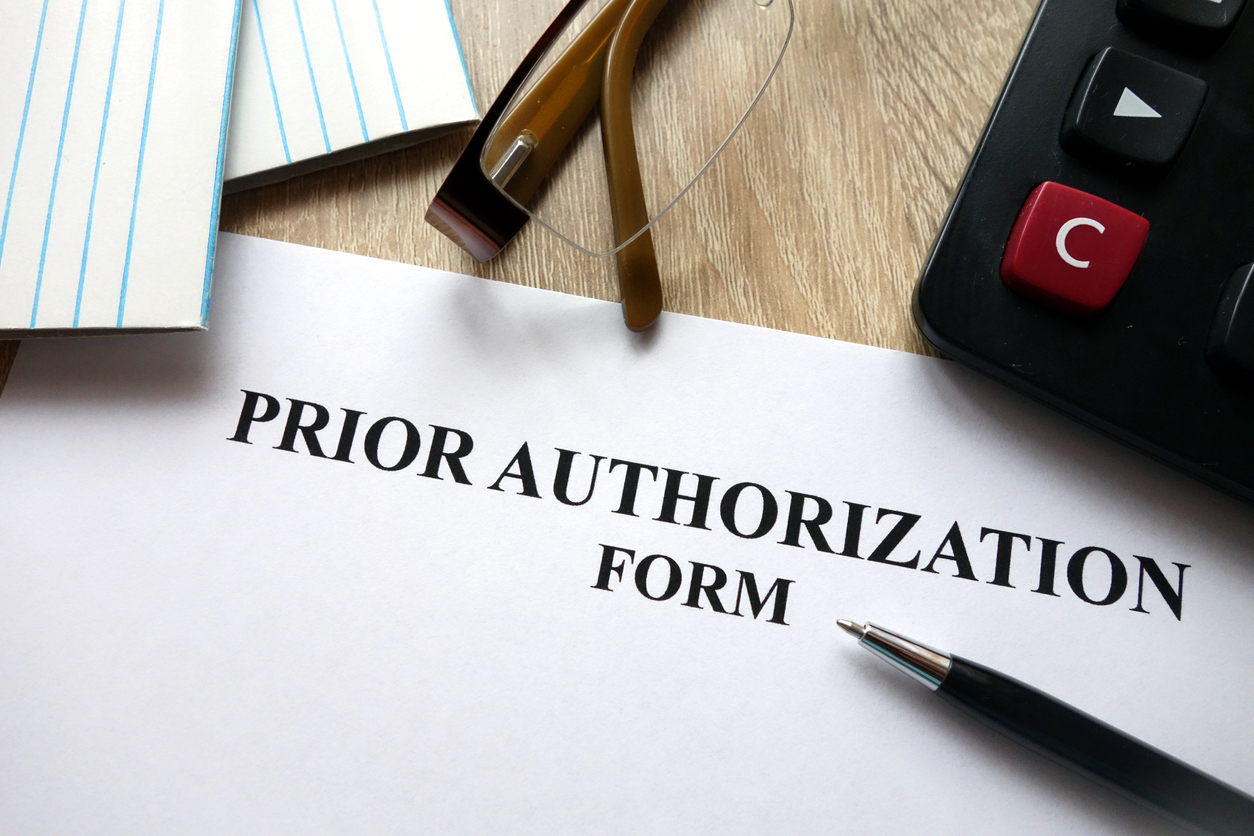Prior Authorizations in practice
Payers use Prior Authorization to control costs and ensure their members receive only medically necessary care, before providing specific services or items to a patient, providers must obtain payer approval in advance. Providers are now burdened with the process of obtaining prior approval for services.
Group medical practice executives cited Prior Authorizations as the top regulatory burden in their practices according to the MGMA’s 2022 Annual Regulatory Burden Report, while compliance with the No Surprises Act has recently been ranked as the second most burdensome regulatory issue. Over the past 12 months, 89 percent of respondents said the regulatory burden on their practice has increased.
Cover your legal bases
Medical practices face a major challenge in complying with health policies and regulations. Almost all group practice executives (97 percent) agreed that a reduction in regulatory burden would allow them to reallocate resources to patient care. “In a time of runaway inflation and unprecedented workforce shortages, the federal government is layering on additional regulatory burdens that, while in theory are beneficial to patients, act more as an impediment to delivering care,” said Anders Gilberg, SVP of Government Affairs at MGMA.
A shortage of staff is making compliance even more difficult, while increasing costs coupled with decreasing reimbursement rates mean there are no resources to address regulatory issues.
Optimize your authorization process
Last year, prior authorizations surpassed COVID-19 in workplace mandates. According to the American Medical Association (AMA), physician practices process an average of 41 prior authorizations per week and spend two business days per week processing them. Forty percent of physicians have staff dedicated solely to prior authorizations. Providers can reduce the negative effects of prior authorizations through automation, proactive checks, and dedicated staff.
Outsourcing and automation
Automating prior approvals can streamline the process and prevent errors. Providers can also save time and money by using fully electronic prior authorizations. It is important for providers to discuss ePA technology with their EHR vendors, so they know if the company offers electronic prior authorization solutions. In some vendors’ EHR systems, ePA capabilities are already built-in, while in others, an upgrade is needed. It is also important for providers to ask their payers if they accept standard ePA transactions. Prior authorizations may need to be performed manually for some payers until ePAs are accepted.
Education, PA’s and the EHR
Before starting a treatment course, providers often have to wait until payers authorize prior approvals. Additionally, payers can deny services or medications, requiring providers to submit additional documentation or appeal. It may be beneficial to reduce the burden on care delivery providers and increase productivity by shifting prior authorization responsibility to dedicated staff.
Some providers may find it difficult to add another employee or shift a current employee’s responsibilities. The NEQCA reported a 5:1 return on investment was due to significantly reduced practice time for prior authorizations. Providers and their staff face an administrative burden when it comes to prior authorizations. Payers are only boosting their prior authorization programs to cut costs because technology for medical services prior approvals lags.
As the industry refines its cost-control strategy, providers should review requirements regularly, assigning prior authorizations to an educated staff member, including a PA, and use technology to prevent major pain points.
When it comes to prior authorization, practice management, and billing software, changing rules and policies can be confusing – but with the right partner it can be simple. To learn more about how Virtual OfficeWare, an MSO of athenahealth, can streamline prior authorizations and maximize revenues, call (412) 424-2260 or visit vowhs.com.






